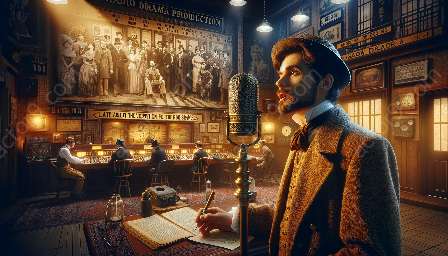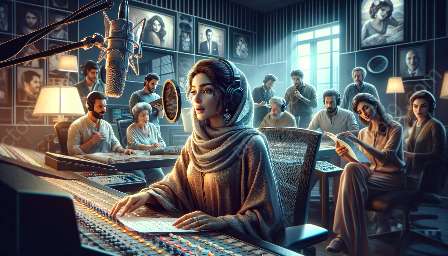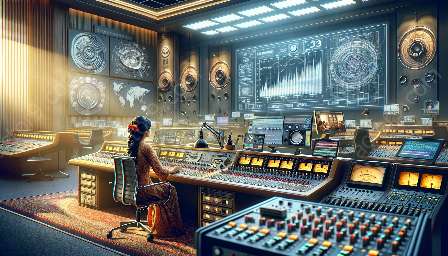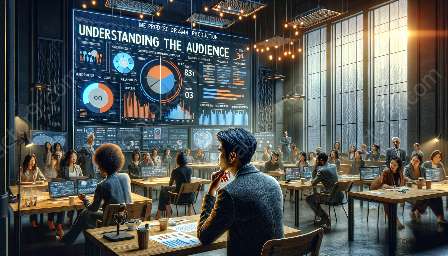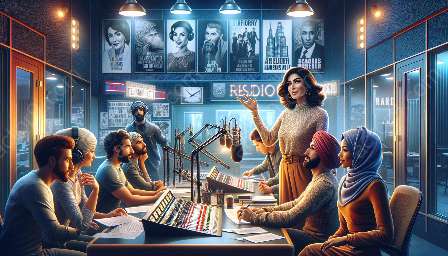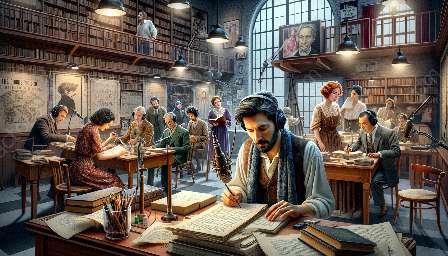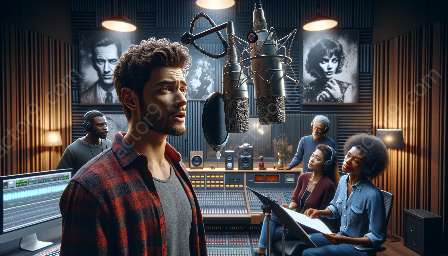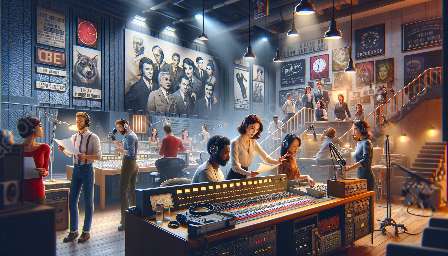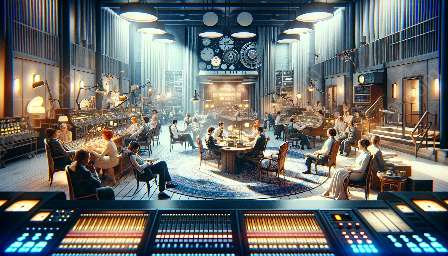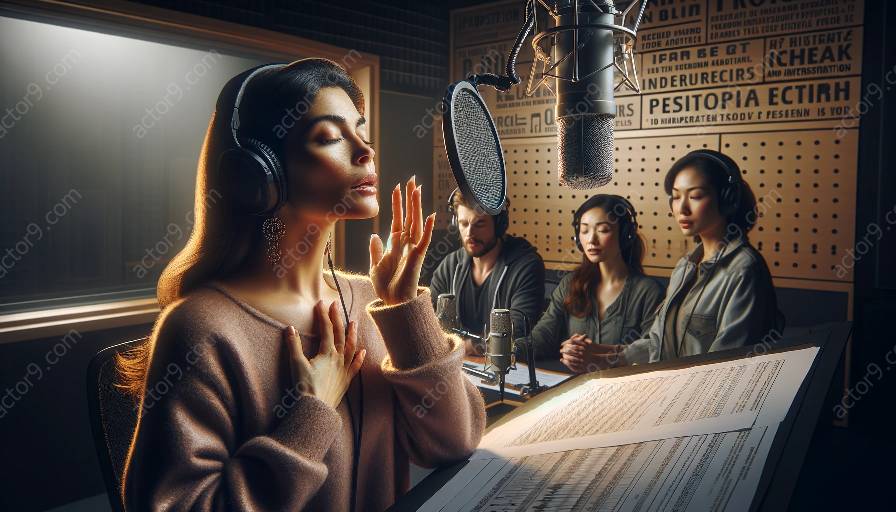Radio drama offers a unique platform for actors to showcase their skills in building and maintaining tension. In this topic cluster, we will delve into the nuances of interpretation, performance, and production in radio drama, focusing specifically on the techniques and strategies actors employ to create and sustain tension in their performances. From vocal delivery to sound design, actors play a crucial role in captivating the audience and evoking emotions in the realm of radio drama.
The Art of Interpretation in Radio Drama
Interpretation forms the foundation of a compelling radio drama performance. Actors must not only understand the text and its subtext but also breathe life into the characters they portray. The nuances of interpretation in radio drama involve the ability to convey emotion, intention, and motivation through voice alone. This requires a deep understanding of the character's psyche, as well as the context of the narrative.
The Role of Performance in Building Tension
The art of performance in radio drama is multifaceted. From modulation and pacing to inflection and timing, actors manipulate their vocal delivery to engage the audience and create tension. Utilizing vocal dynamics and tonal variations, actors can build suspense, anticipation, and intrigue. Additionally, the utilization of silence and vocal pauses can be a powerful tool in maintaining tension and creating dramatic impact.
Exploring Production Techniques for Tension-Building
Radio drama production offers a plethora of opportunities to enhance tension. Sound design, music, and sound effects play an integral role in shaping the dramatic landscape. Actors work closely with sound designers and directors to orchestrate the auditory elements that contribute to tension-building. Understanding the technical aspects of sound manipulation and spatial awareness is crucial for actors to execute their performances effectively in the radio drama medium.
Building and Sustaining Tension through Collaboration
Radio drama is a collaborative art form, and actors must synergize their efforts with directors, writers, sound designers, and fellow cast members to effectively build and maintain tension. Rehearsals, script analysis, and feedback sessions provide actors with the opportunity to fine-tune their performances and ensure that tension is meticulously woven into the fabric of the production.
Engaging the Audience through Authenticity
Audience engagement is paramount in radio drama, and authenticity is a key ingredient in building tension. Actors must embody their characters with authenticity, making their emotions and experiences palpable through their vocal performances. By creating a genuine connection with the characters and the narrative, actors can draw the audience into the world of the drama, intensifying the emotional impact and maintaining tension throughout the performance.
Conclusion
Radio drama is a captivating medium that challenges actors to master the subtle art of tension-building. Through meticulous interpretation, powerful vocal performances, and strategic collaboration with production elements, actors can effectively create and sustain tension, captivating audiences and showcasing their artistry in the realm of radio drama.


